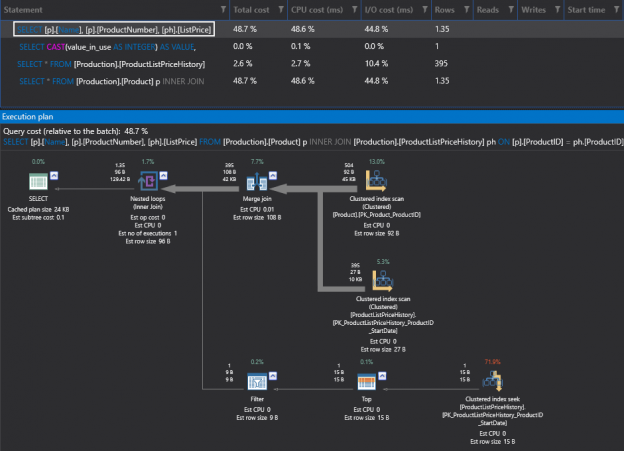Automating database tests with Visual Studio and Team Foundation Server
October 31, 2014This is the third post in the series about database development and testing using SQL Server Data Tools and Team Foundation Server. Post 1: Continuous Integration with SSDT and TFS Post 2: Unit testing with SQL Server Data Tools You can run test in Visual Studio to test the quality of your build. In VS […]
